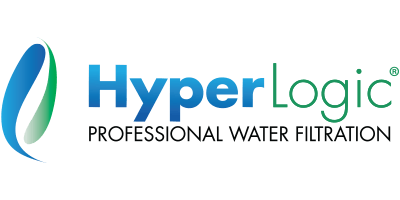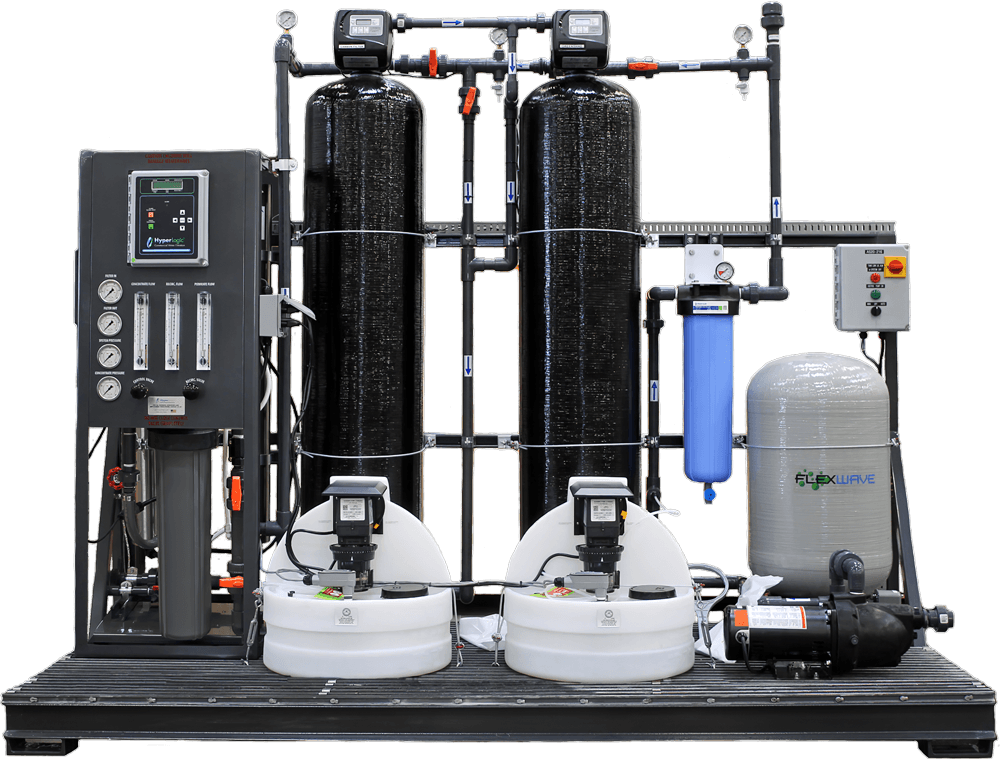Fortunately, there are a few different options. Depending on the needs of the operation, specialized Nutrient Runoff reverse osmosis (RO) filtration, or, recirculating hydroponic irrigation are the two most implemented systems to treat and minimize nutrient runoff wastewater. Both systems are expensive upfront, but also contribute to the overall monitoring and health of the crop, contributing to the return of investment.

Is Reverse Osmosis the Answer?
Fortunately, there are a few different options. Depending on the needs of the operation, specialized Nutrient Runoff reverse osmosis (RO) filtration, or, recirculating hydroponic irrigation are the two most implemented systems to treat and minimize nutrient runoff wastewater. Both systems are expensive upfront, but also contribute to the overall monitoring and health of the crop, contributing to the return of investment.
Recirculating Hydroponic Irrigation
Recirculating hydroponic systems are another popular method of water-use optimization and waste reduction. While not a RO system, it eliminates biological contamination through disinfection (typically with chemical disinfection methods coupled with ultraviolet sterilization) and then pushes the fertilizer-heavy waste back into the input feed water.
Since the waste is mostly reusable as a nutrient formula, it is mixed with fresh water at a ratio determined by monitoring equipment which helps extend the use of the original nutrient formula input. This cycling of waste and fresh water eventually produces effluent with minerals and nutrients that are out of balance and can no longer be used for irrigation, which also may be regulated.
Both systems have benefits and drawbacks, and the correct investment is dependent on many factors, including local and state regulations, wastewater volume, and commitment to “green” infrastructure. The Reverse Osmosis method guarantees pure input water, free from the minerals and other unnecessary compounds found in the recirculatory system. RO systems with a high recovery ratio – 75% or a 3 to 1 product to concentrate water ratio, are usually the most energy efficient and cost-effective choice. Recirculation systems, while requiring investment in sophisticated monitoring equipment and consistent water analysis, offer the extended use of nutrient formulas, saving time, money and energy.
Other options to save water, like filtering less contaminated sources such as condensate runoff, are also available for sealed and indoor cultivation environments. A thorough understanding of the site and the water-related issues it faces is essential for choosing the best wastewater management plan for your operation.


